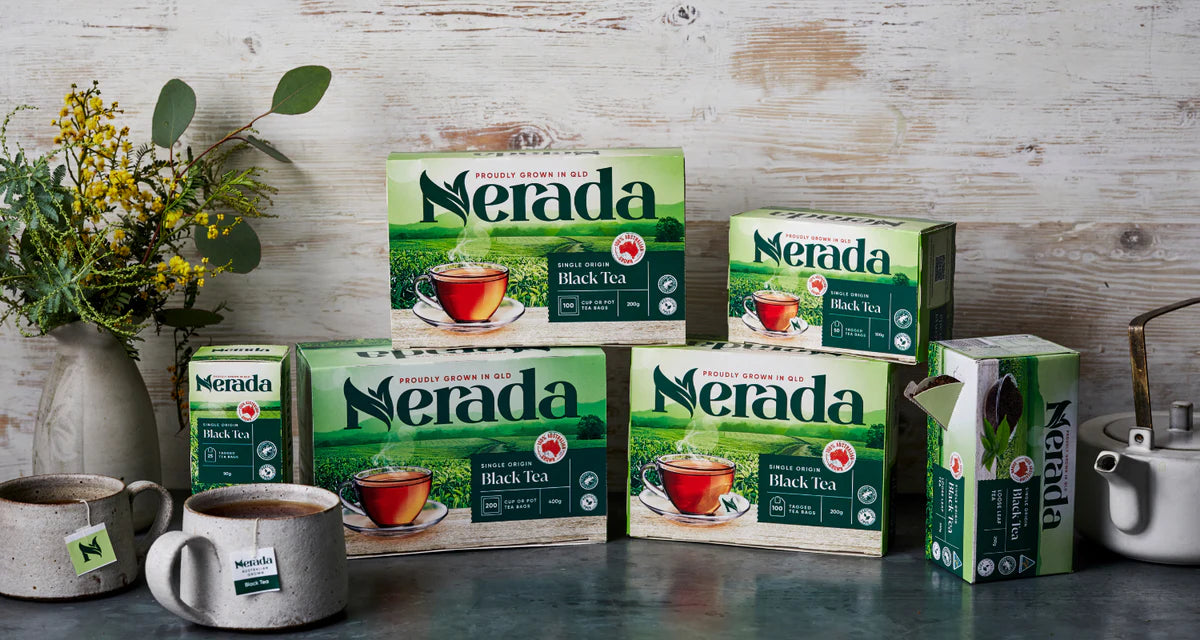All About Black Tea
On top of black tea’s impressive health benefits, its popularity can be attributed to the fact that’s its t...

WHY CHOOSE BLACK TEA?
On top of black tea’s impressive health benefits, its popularity can be attributed to the fact that’s its time-honoured production methods produce a refreshing flavoursome drink that’s been enjoyed all over the world for thousands of years. In this blog post we explain the black tea production process, from the picking of its top two leaves and the bud, to the moment when it’s packaged and sent out fresh to your local stores.
BACK TO BLACK
The alchemy of black tea production occurs after withering. A process called oxidisation turns the green Camellia sinensis leaves a dark brown/black colour and the chemical composition of the leaf is changed forever. By exposing the leaves to oxygen, a fermentation process occurs, a bit like in wine production.
BLACK TEA FERMENTATION
The broken black tea leaf is laid out on troughs in a cool, humid atmosphere for up to two hours to ferment or oxidise. The trays are gently turned until the leaves turn a golden russet reddish-brown colour and fermentation is complete.
DRYING OF BLACK TEA
After fermentation, the leaf is dried in hot air chambers where all the moisture is evaporated and the leaf turns a dark brown or black. Here, the aroma changes from that of a pungent plant to the familiar earthy tea perfume. The black tea is ejected from the hot chamber into chests. Next it’s sorted into grades, weighed and packed. The bigger curly leaves are used for loose-leaf packet tea, while the finer particles are used for tea bags.
Factory tea-tasters sample the finished “make” to ensure the tea meets Nerada’s strict quality standards.
TASTING BLACK TEA
Tea tasting is similar to wine tasting. For example, unfermented green tea is likened to white wine but highly oxidised black tea is similar to a rich, fully fermented red wine. The variations in character reflect the geographical conditions in which the tea is grown. And tea flavour is also often transformed by the introduction of flavour agents, such as bergamot oil in earl grey tea.
When tasting black tea, sip it carefully and swirl it around in your mouth. This brings the brew to all the different parts of your tongue, experiencing every aspect of the taste. Don’t be afraid to hold the tea in your mouth to fully savour it.
Every tea has a unique flavour, with darker black teas leaning towards being rich and full with overtones of smokiness or malt. There should be no hint of bitterness or unusual flavours; the true essence of the tea should shine through. Words used to describe the flavour profile of black tea include malty, smoky, brisk, earthy, spiced, nutty, citrus, caramel, leather, fruity, sweet and honey.
Shop Nerada's Black Tea Range Here.

